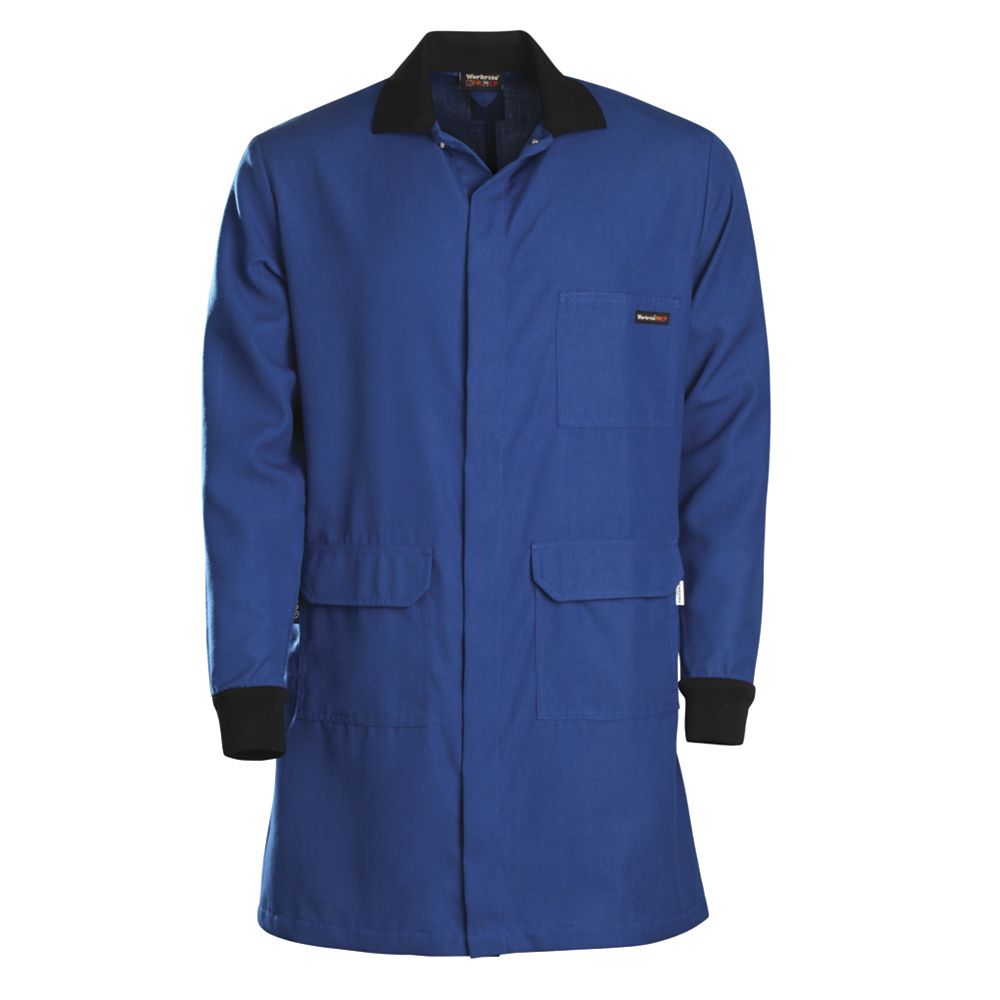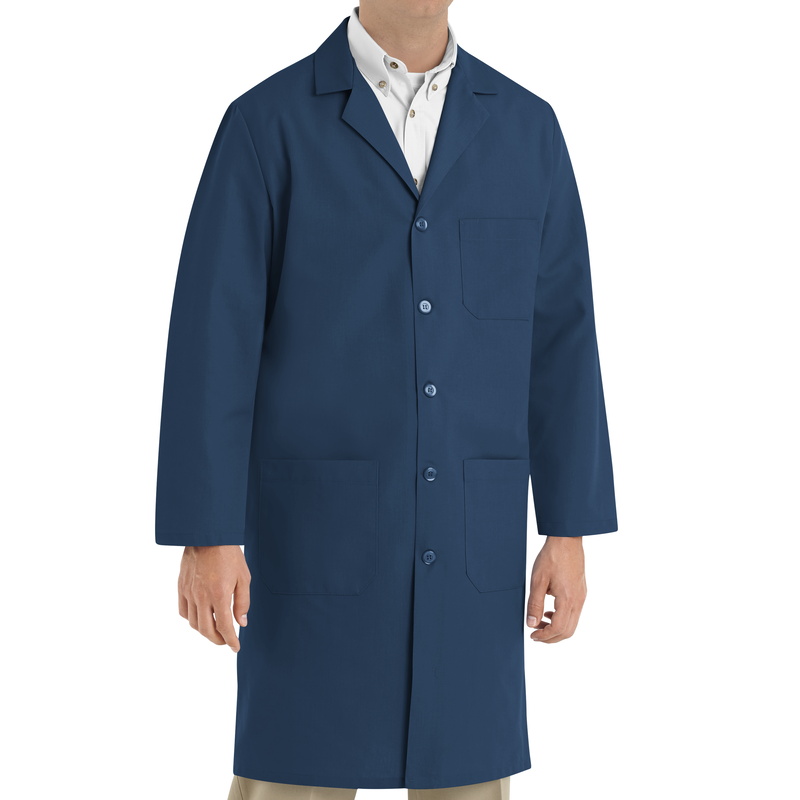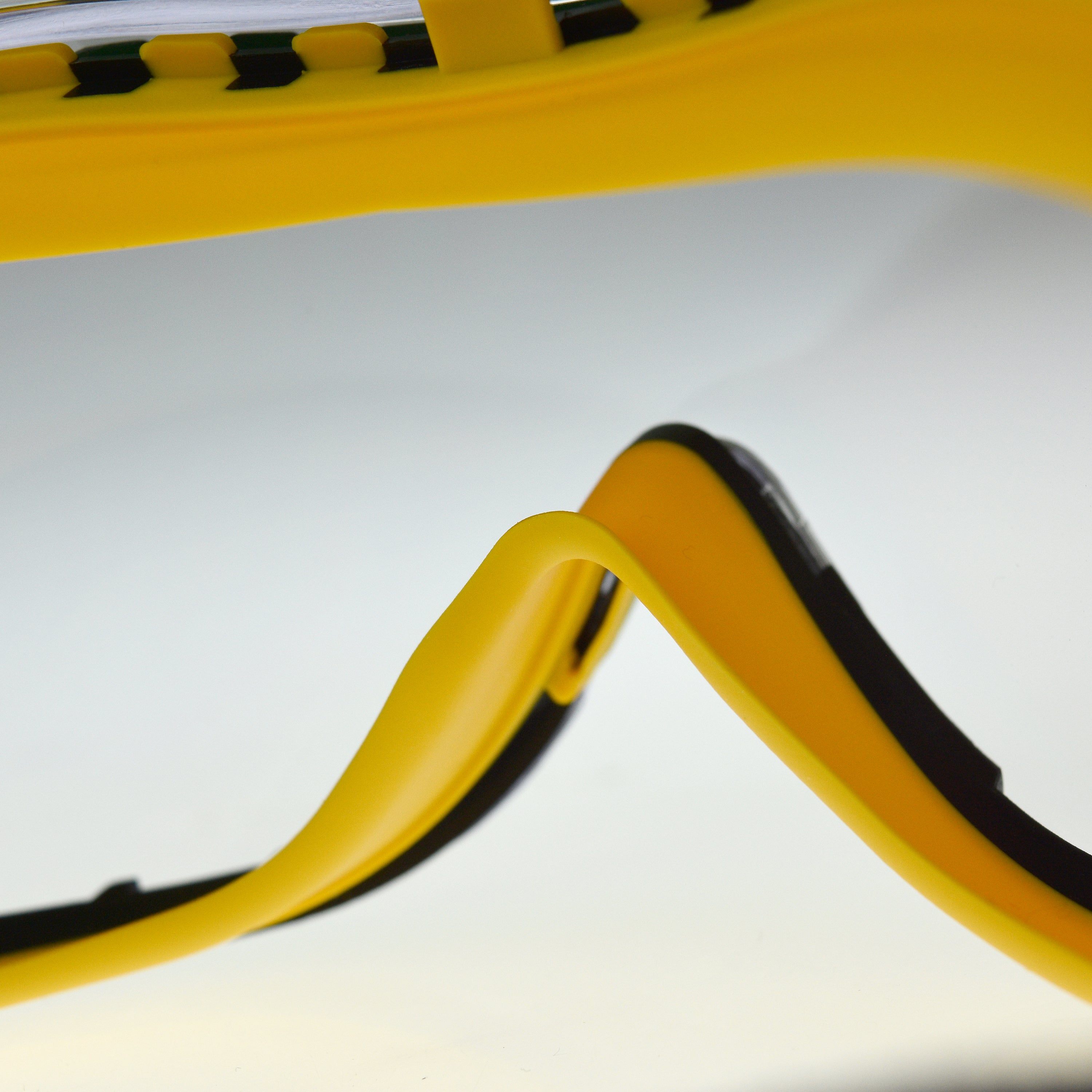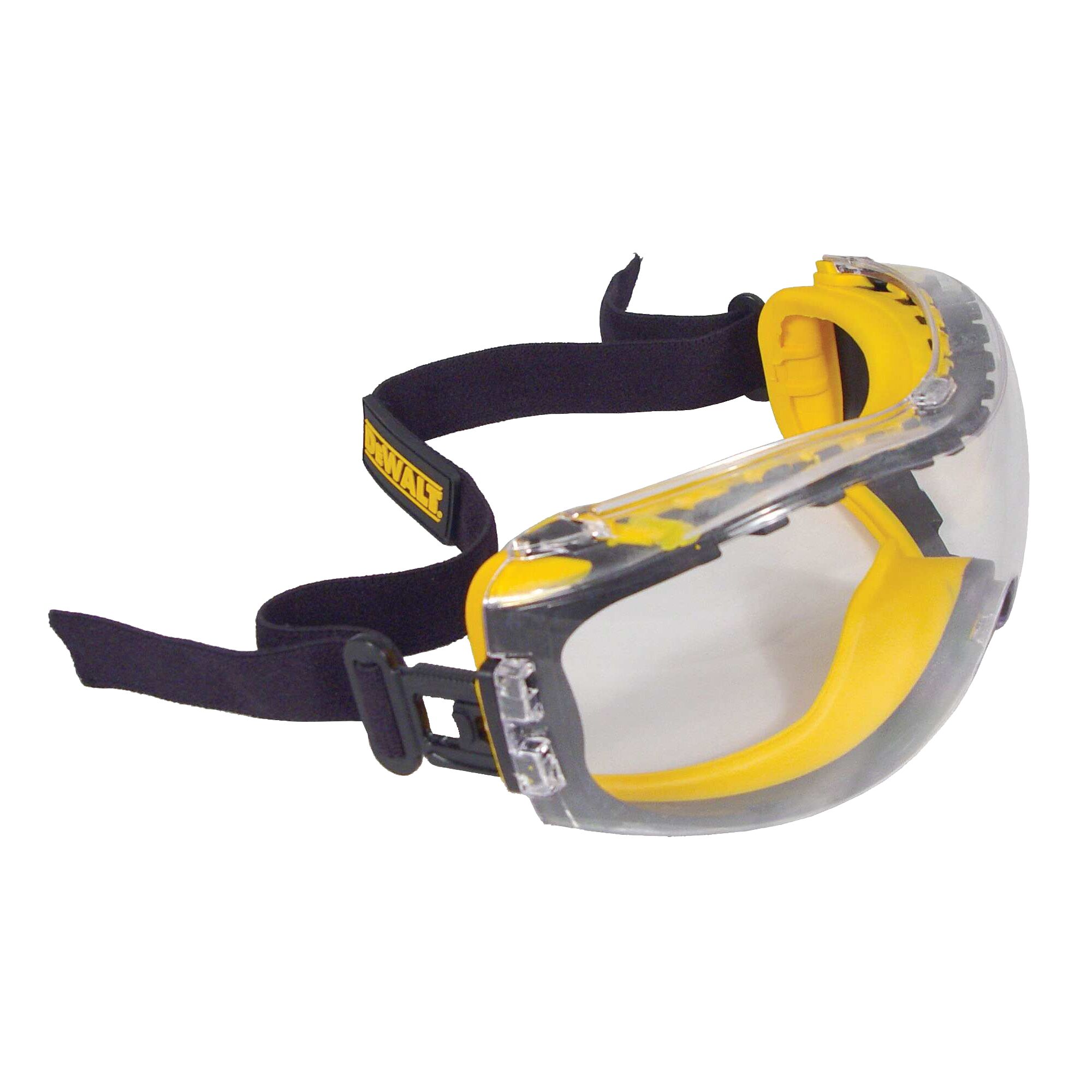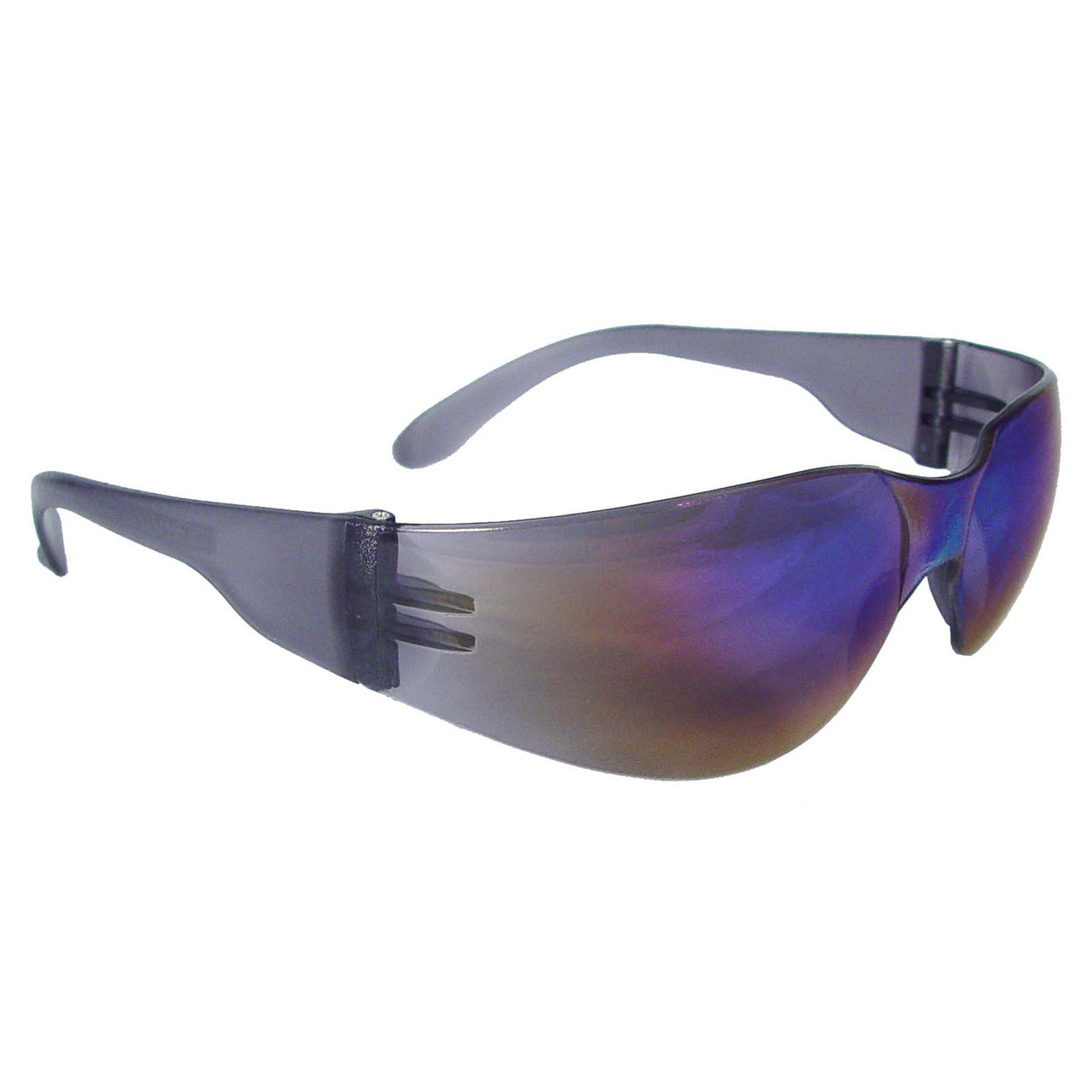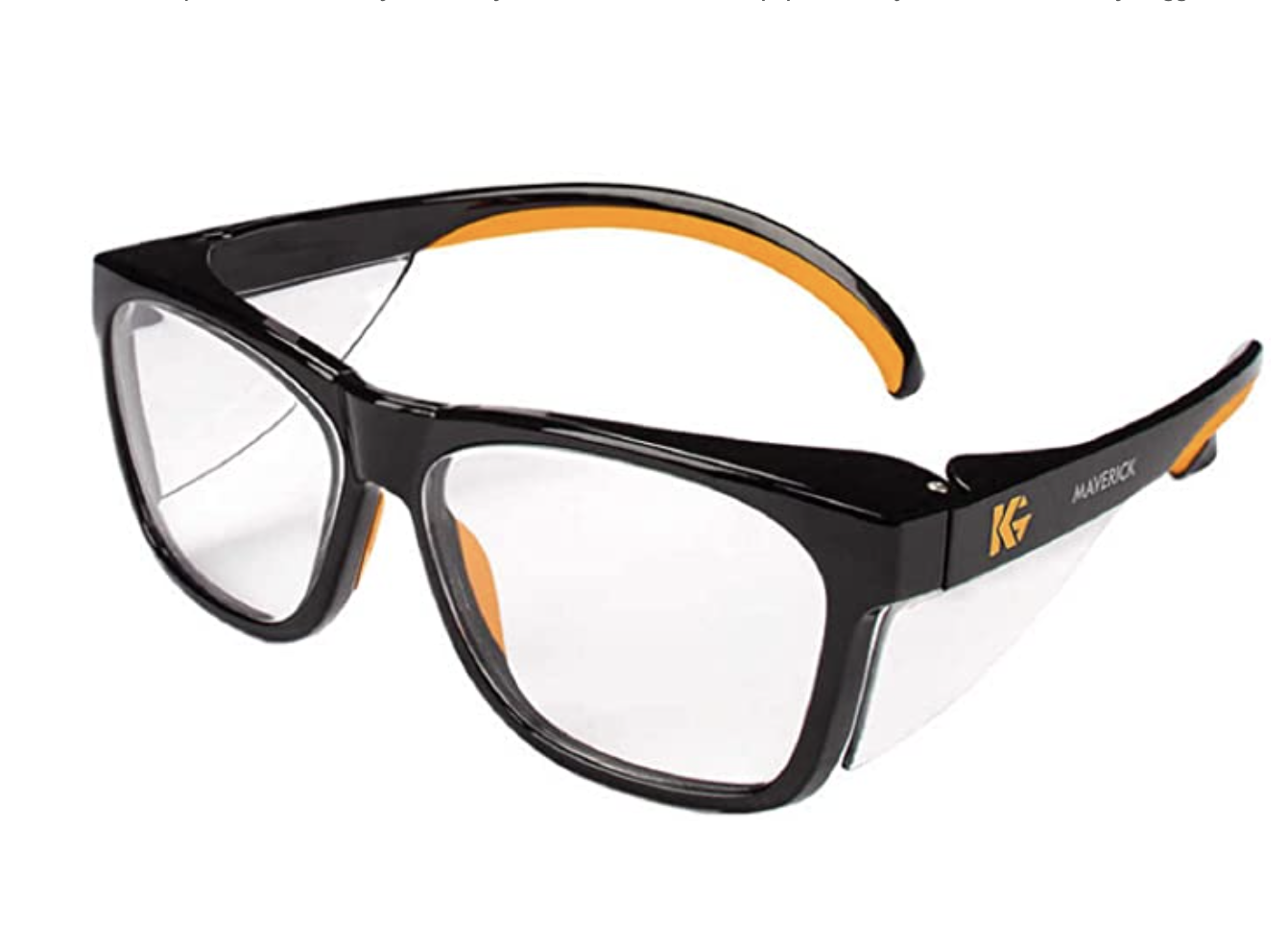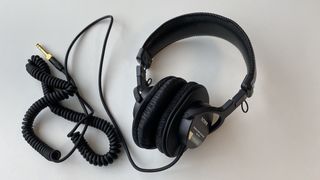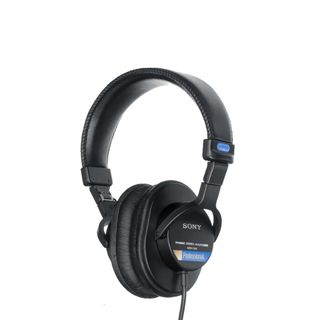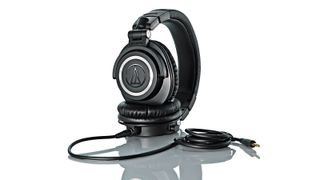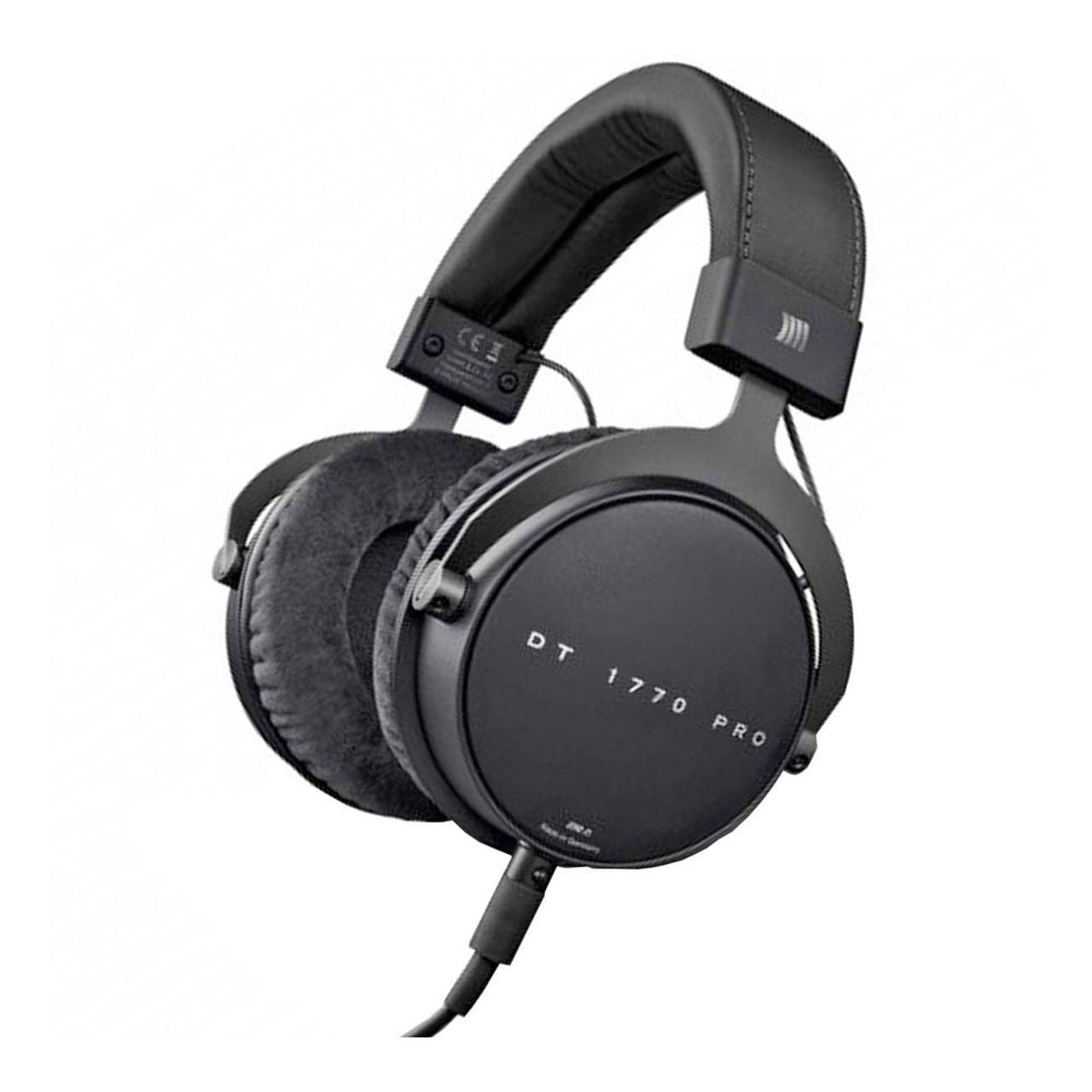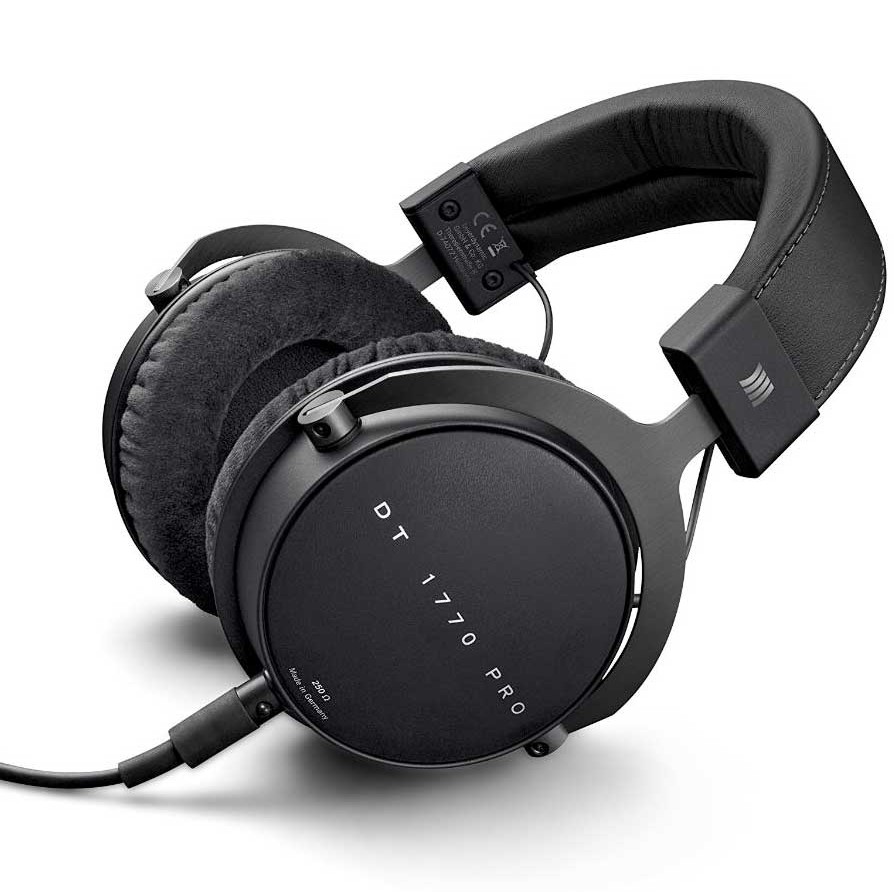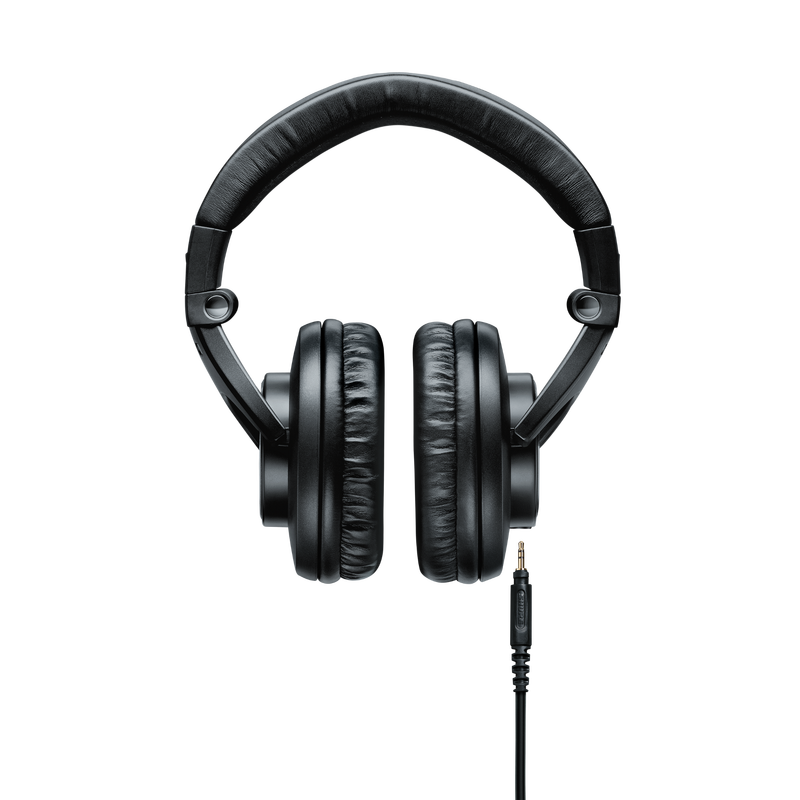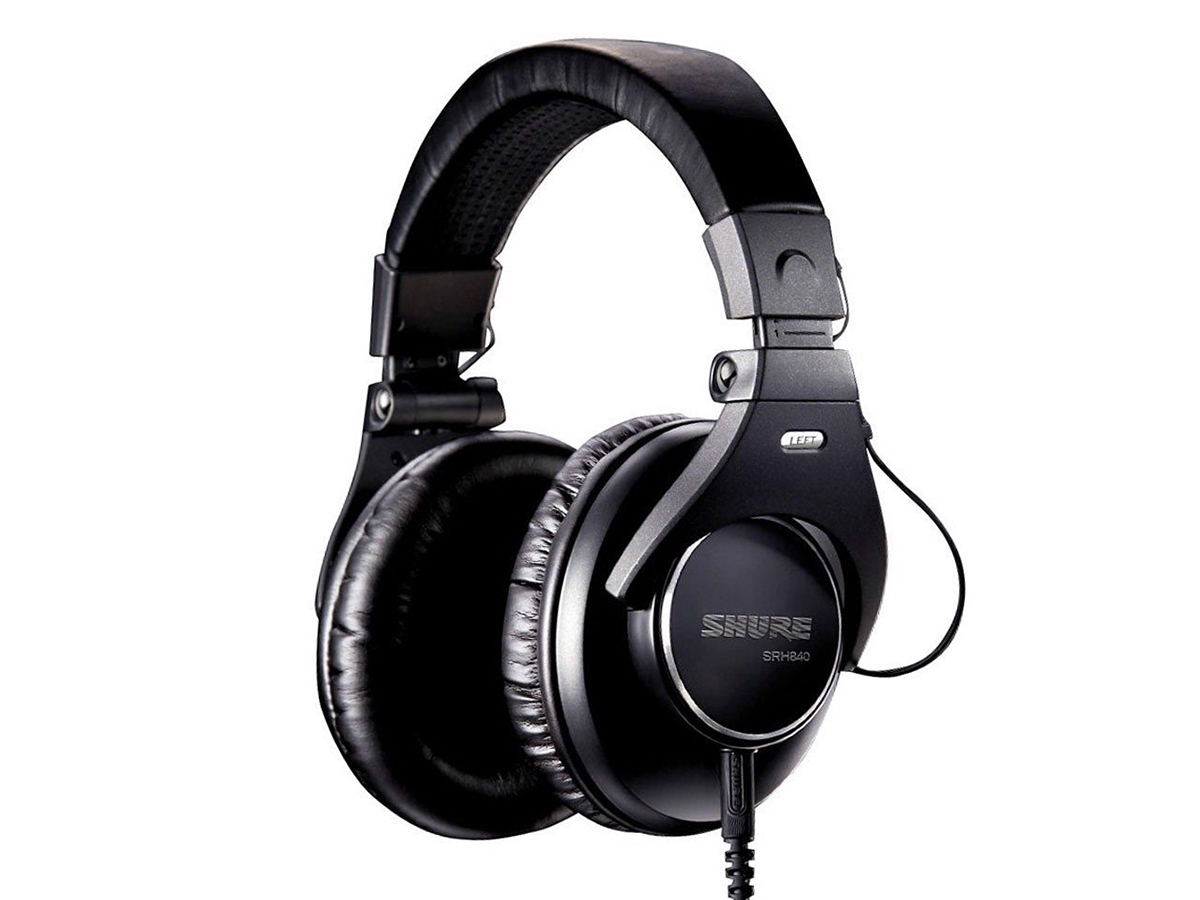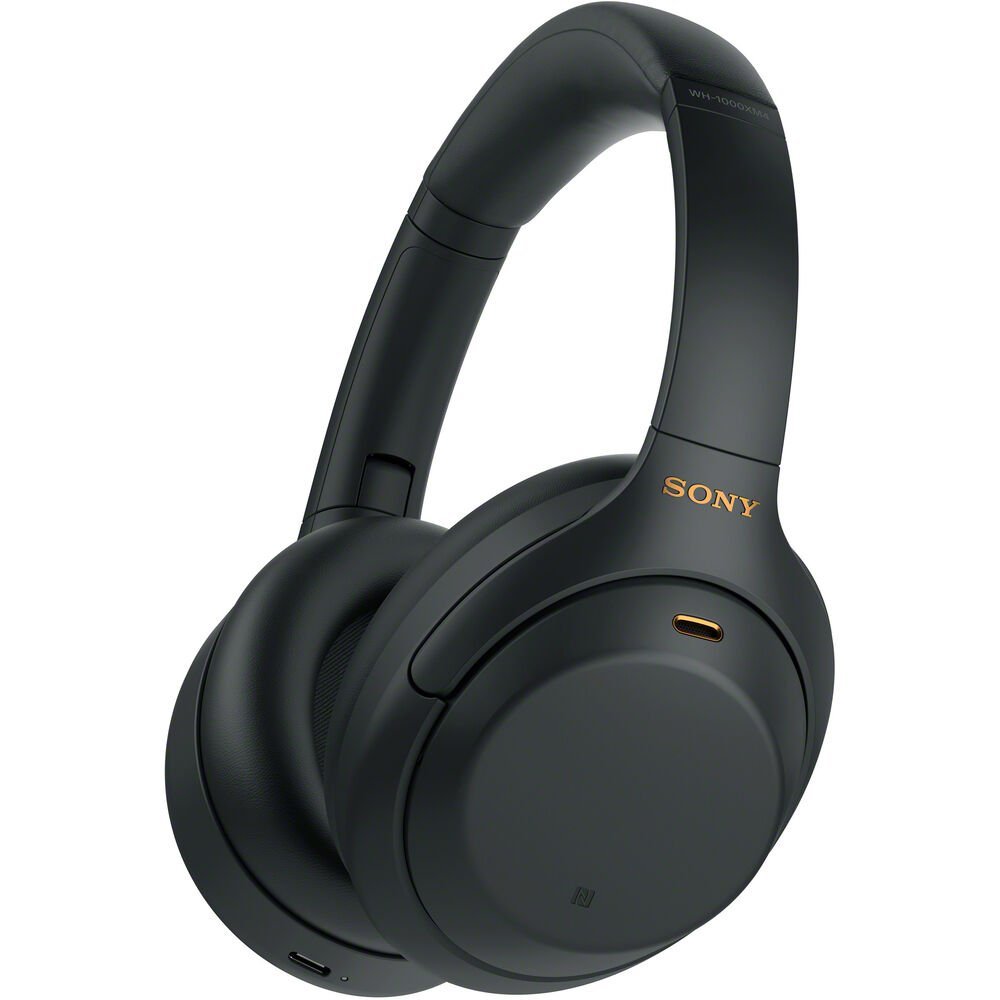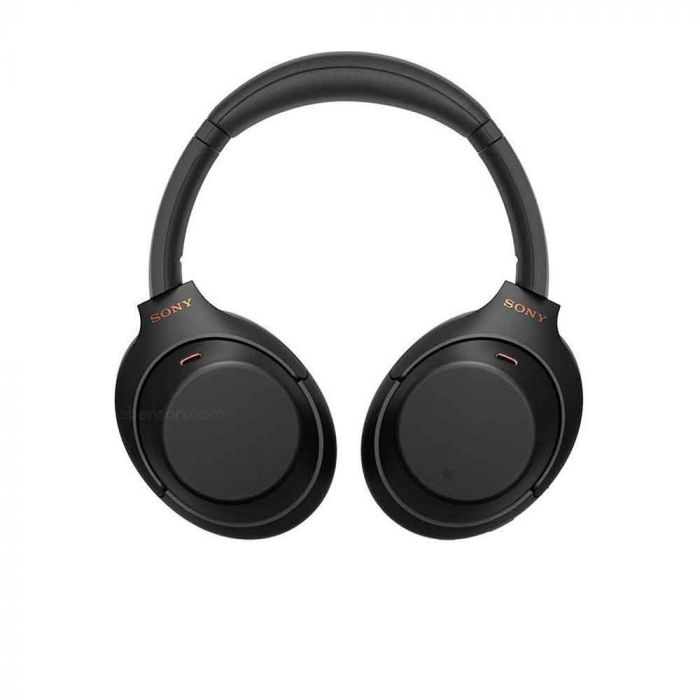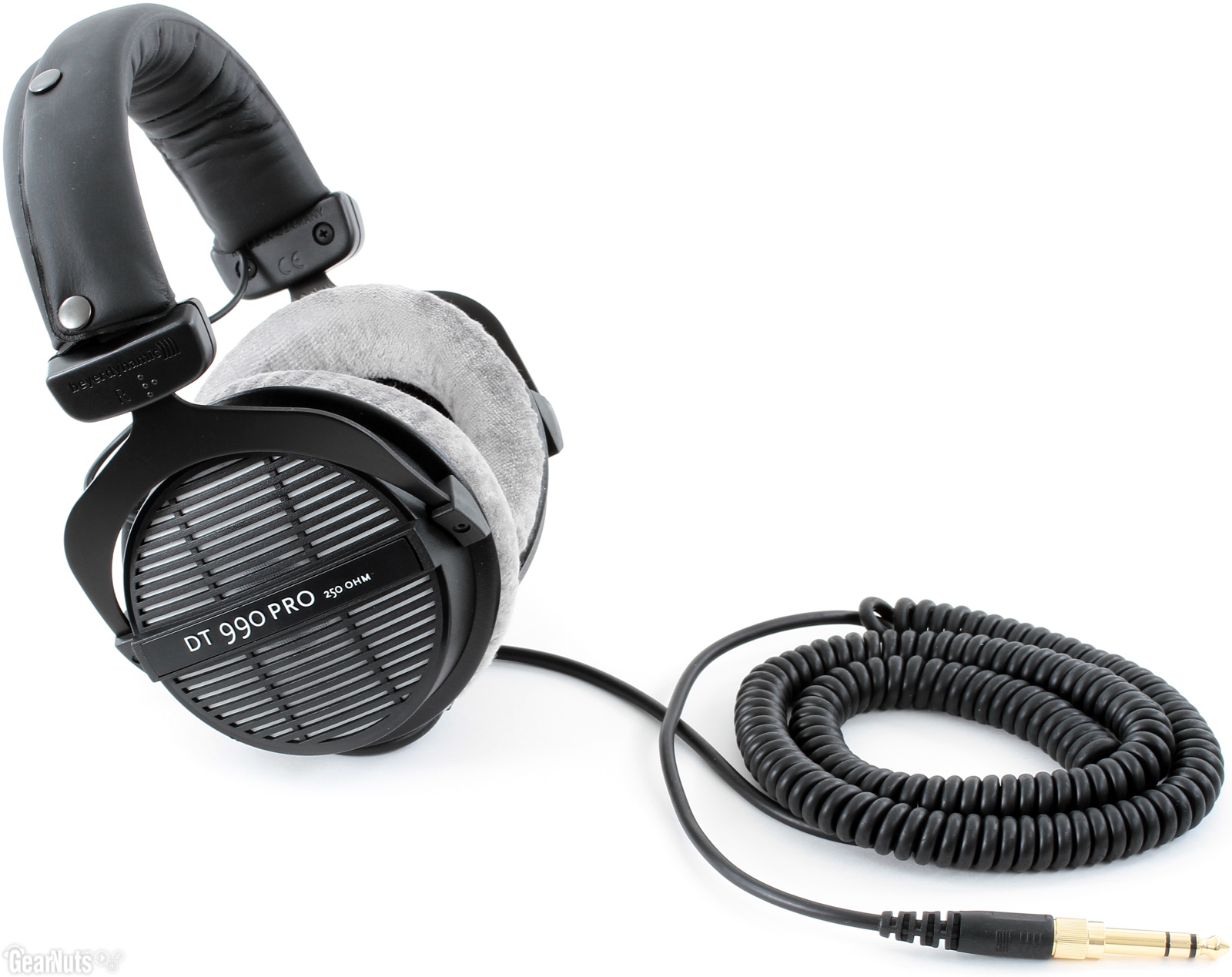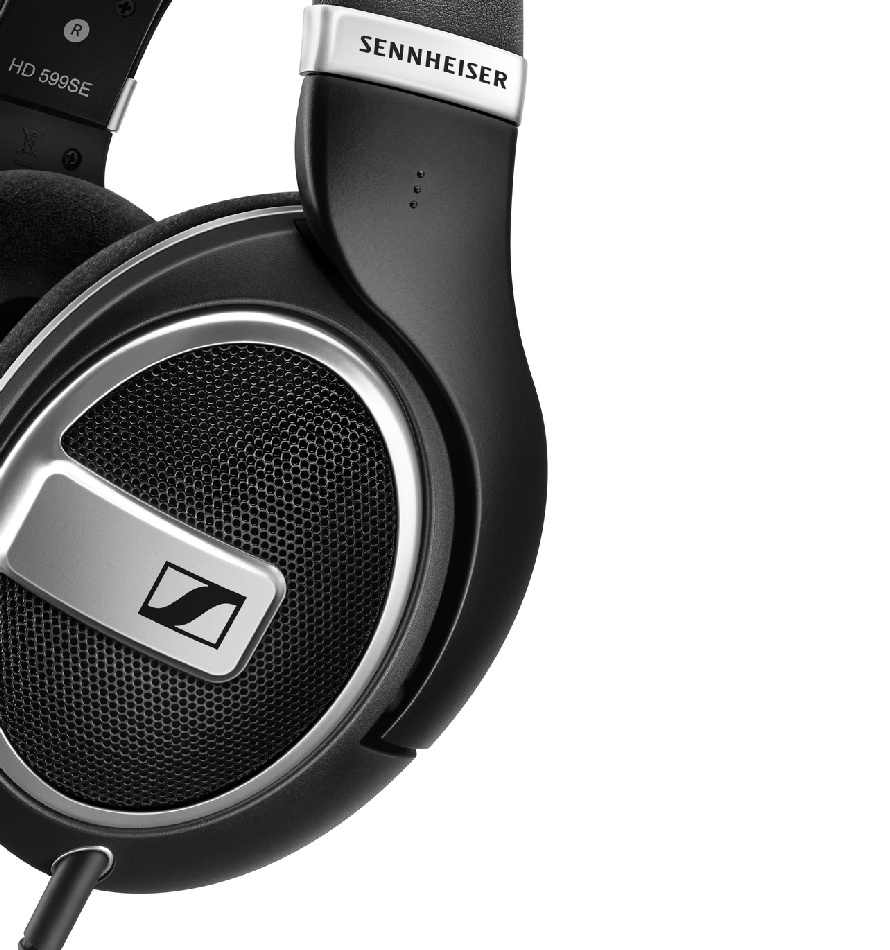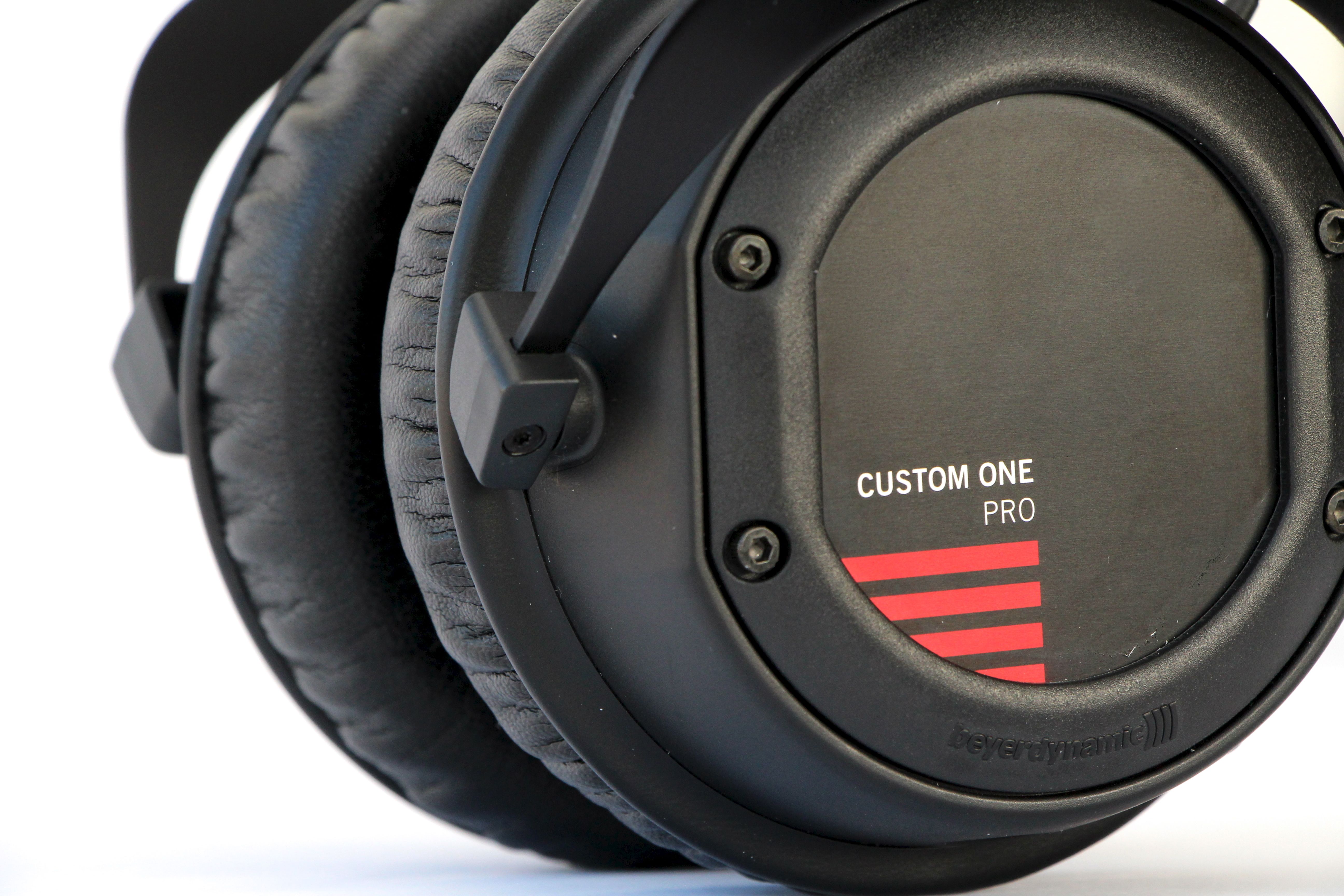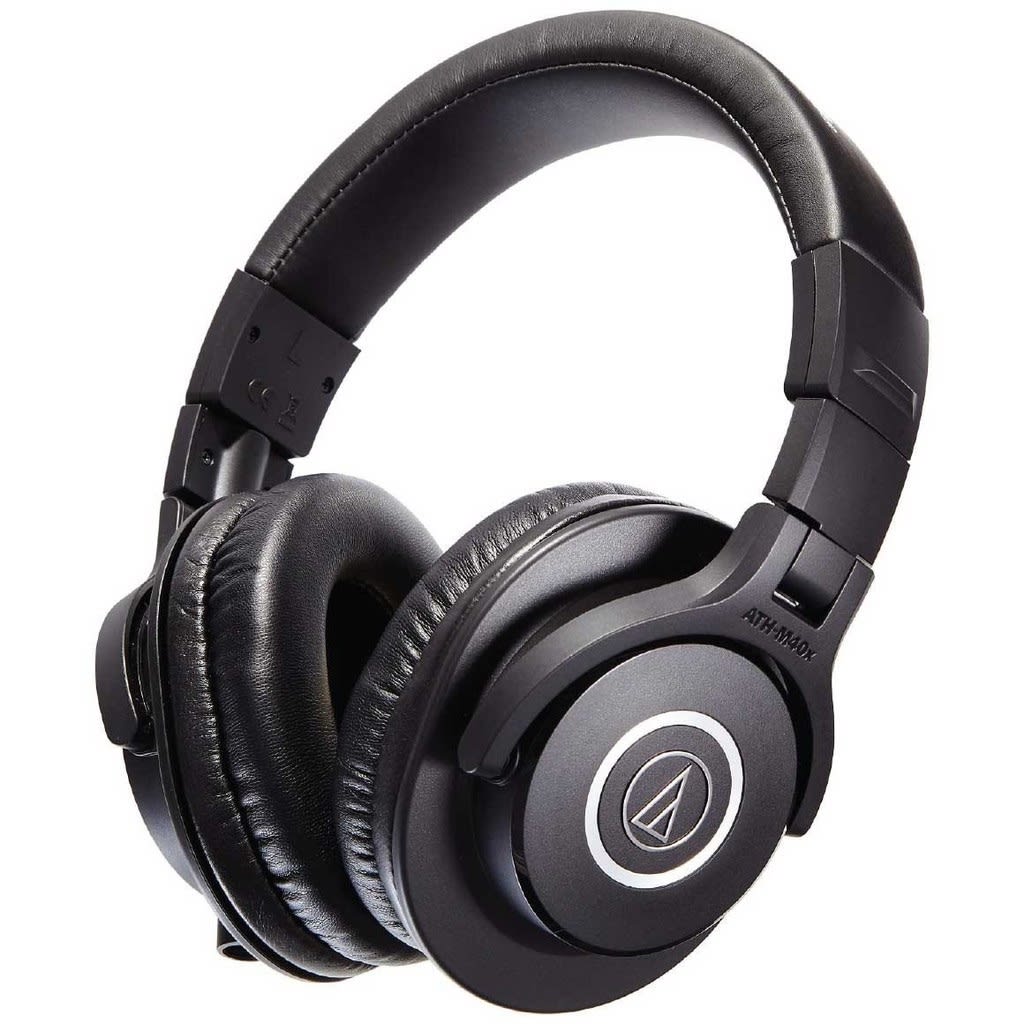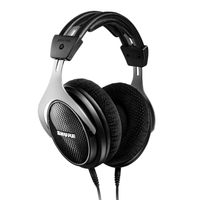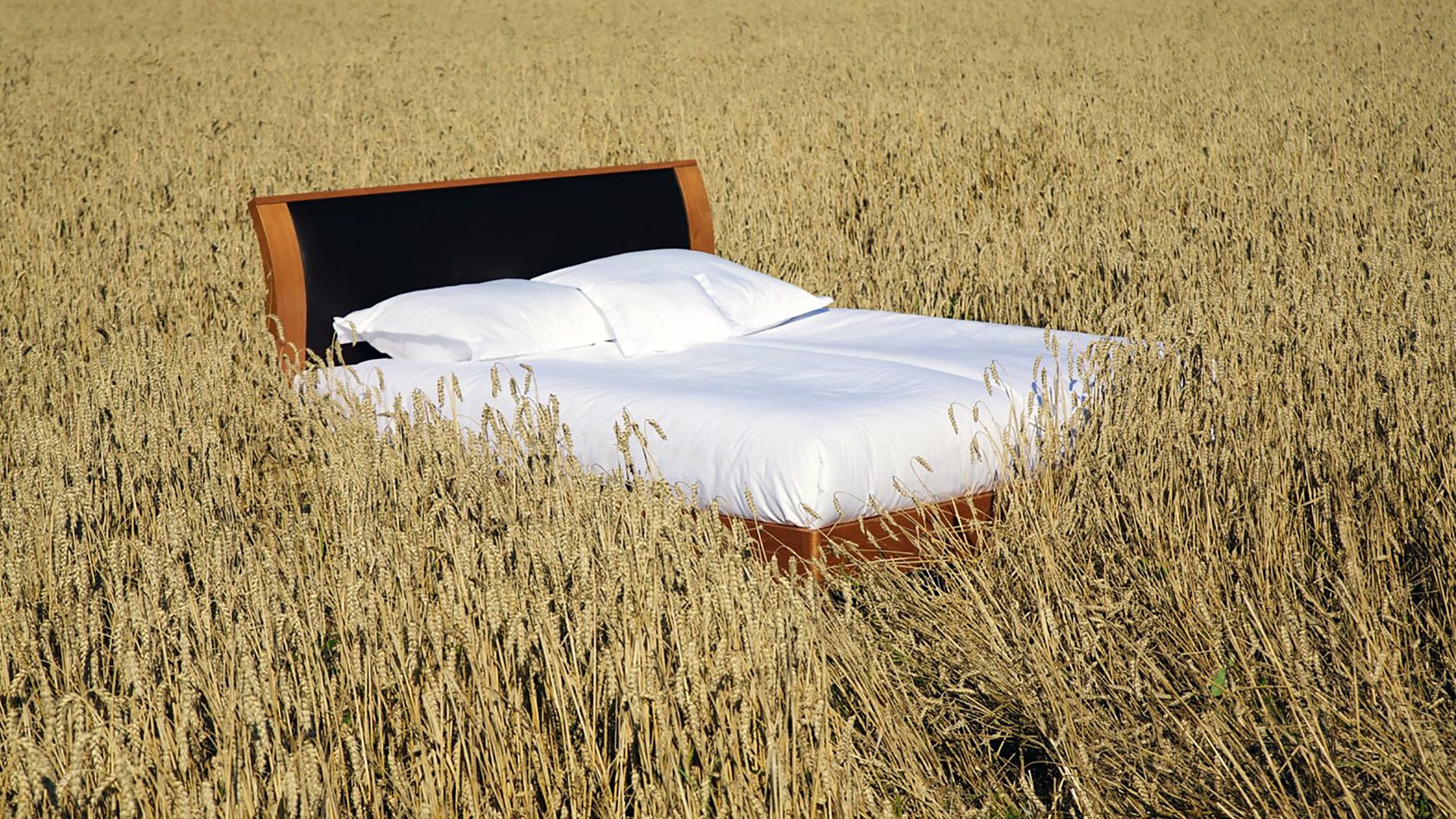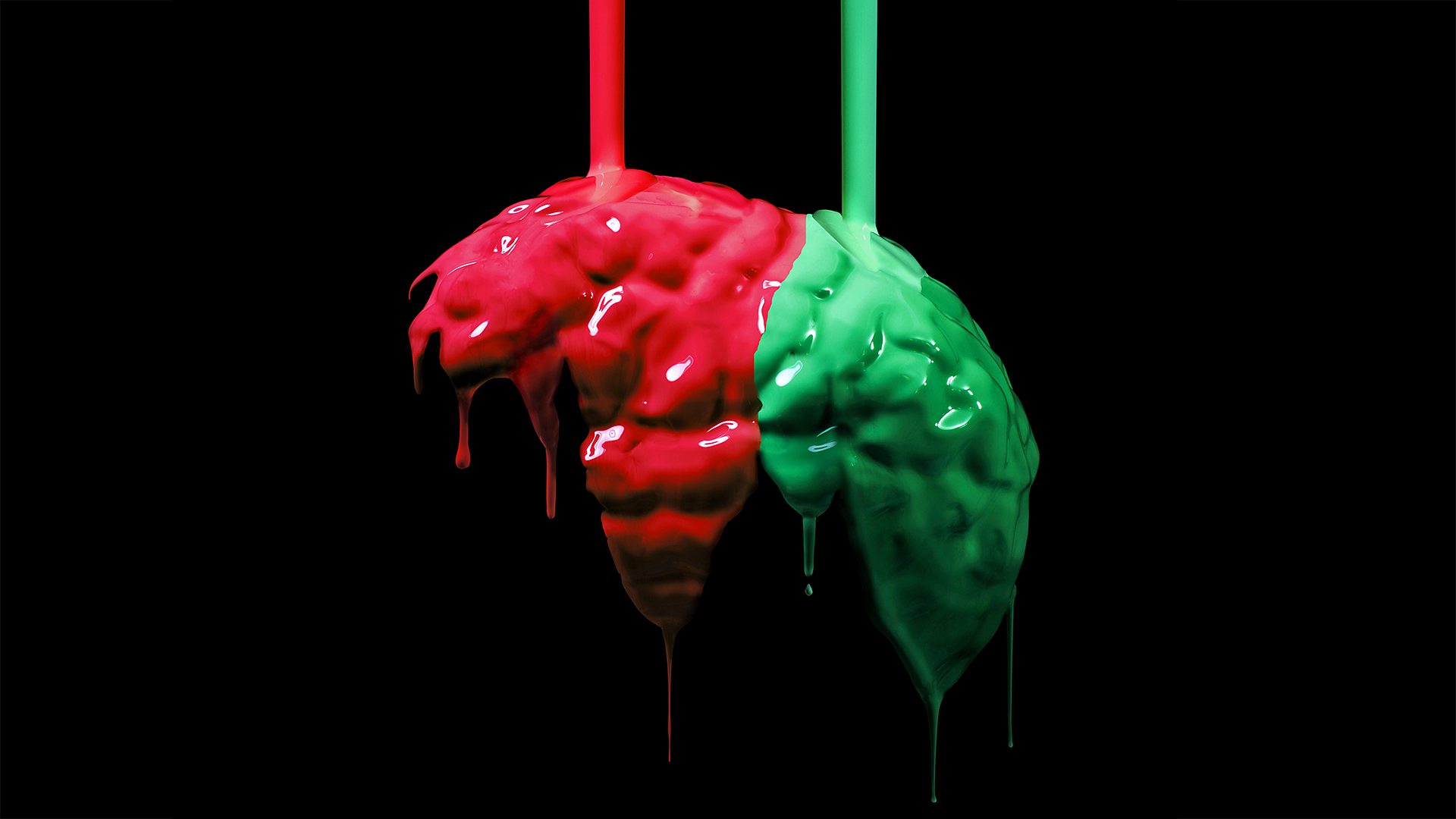Discover Pandipedia
Pandipedia is the world's first encyclopaedia of machine generated content approved by humans. You can contribute by simply searching and clicking/tapping on "Add To Pandipedia" in the answer you like. Learn More
Expand the world's knowledge as you search and help others. Go you!
Dr. Elsey’s Precious Cat Ultra Unscented Cat Litter
Known for superior clumping, moisture absorption, and 99.9% dust-free.

Boxiecat BoxiePro Deep Clean Unscented Clumping Clay Litter
Uses probiotics to eliminate odors and forms flat clumps.
Tidy Cats Free & Clean Unscented Clumping Cat Litter
Features activated charcoal for odor elimination with no strong fragrances.

Fresh Step Advanced Simply Unscented Clumping Cat Litter
Utilizes activated charcoal, offering strong clumping and virtually dust-free.
:strip_icc()/tidy-naturally-strong-f15a14956a514d5486d9de2843027597.jpg)
Purina Tidy Cats Naturally Strong Unscented Cat Litter
Provides effective odor neutralization and is known for strong clumping properties.
Arm & Hammer Unscented Cat Litter
Uses baking soda for effective odor control; less dusty and clumps well.

World’s Best Cat Litter
Eco-friendly corn-based litter, 99% dust-free, flushable, and clumps well.

Frisco Multi-Cat Unscented Clumping Cat Litter
Excellent clumping capabilities and hypoallergenic, suitable for multi-cat homes.
Ever Clean Extra Strength Unscented Cat Litter
Superior odor control with strong clumping properties, effective for multiple cats.
Let's look at alternatives:
- Modify the query.
- Start a new thread.
- Remove sources (if manually added).
- Request a manual search from our human research team.

As we approach 2024, the cybersecurity landscape continues to evolve rapidly, driven by technological advancements and the increasing sophistication of cybercriminals. Here are the key trends shaping the cyber threat environment this year, as reflected in recent analyses and reports.
The Rise of AI in Cyber Threats

Artificial Intelligence (AI) is becoming a significant factor on both sides of the cybersecurity equation. Cybercriminals are utilizing AI to enhance the sophistication and scale of their attacks. For instance, generative AI is being used to create more convincing phishing schemes and sophisticated malware that can adapt to evade detection[2]. The rise of large language models (LLMs), like ChatGPT, increases the potential for social engineering attacks, as these models can produce highly convincing communications[3]. As a result, organizations face an uphill battle to defend against increasingly intelligent and automated threats.
Evolving Ransomware Tactics

Ransomware remains one of the top cybersecurity threats. Attackers are innovating their tactics to increase pressure on victims to comply with ransom demands. For example, the emergence of double extortion—where attackers not only encrypt data but also threaten to release sensitive information if payments are not made—is becoming more prevalent[3]. Additionally, despite organizations investing in robust backup solutions, the threat of ransomware continues to loom large, indicating that businesses need to be prepared for these types of attacks on multiple fronts[6].
Cybersecurity Skills Gap
A significant challenge in addressing these evolving threats is the ongoing shortage of skilled cybersecurity professionals. Estimates indicate a global shortfall of nearly 4 million cybersecurity experts, with the situation worsening over the past two years as more organizations report increased difficulty in acquiring necessary talent[1][2]. The lack of expertise is contributing to higher rates of successful breaches, prompting organizations to increase investments in training and upskilling initiatives[2].
Increased Cyberattacks Amid Geopolitical Tensions

Geopolitical tensions, particularly surrounding situations like the ongoing conflict in Ukraine, have intensified the risk of cyber warfare. Cyber attacks are increasingly paired with military operations, targeting both civilian infrastructures and governmental systems. This shift is likely to result in an uptick in attacks on critical sectors, such as healthcare and finance, during key moments like national elections[2][9]. In 2024, with major elections scheduled in countries like the U.S. and India, the cybersecurity community anticipates considerable attempts to disrupt democratic processes through cyber means[2].
The Importance of Cyber Resilience
As the threat landscape expands, the distinction between cybersecurity and cyber resilience is becoming increasingly significant. Cybersecurity focuses on preventing attacks, while cyber resilience emphasizes the ability of organizations to operate effectively even amid breaches. Many organizations are recognizing that maintaining continuous operations during a successful cyber attack is crucial and are therefore prioritizing resilience measures alongside traditional security protocols[2][4].
Zero Trust and Identity Management

The Zero Trust security model—where trust is never assumed and constant verification is required—continues to gain traction. This model is especially relevant as organizations adapt to hybrid work environments, where employees frequently access systems from varied networks. Zero Trust requires rigorous identity management practices, which are essential to mitigate the risks associated with a burgeoning remote workforce and expanding attack surfaces, particularly with the proliferation of Internet of Things (IoT) devices[6][8].
Regulatory Scrutiny
The rising threat of cyberattacks is accompanied by an increase in regulatory scrutiny. Governments are increasingly recognizing the risks that cyber threats pose to national security and economic stability. This recognition has prompted the introduction of new regulations aimed at enhancing cybersecurity standards across various sectors. For instance, businesses, especially in healthcare and finance, are facing heightened compliance requirements to secure sensitive information and ensure robust data protection measures[3][10].
Cloud and IoT Vulnerabilities
With more organizations migrating to cloud environments and adopting IoT technologies, these areas have become prime targets for cybercriminals. Cybersecurity threats in cloud computing are evolving, with adversaries exploiting configurations and valid credentials to access sensitive data[7]. The growing number of IoT devices is amplifying the potential vulnerabilities in systems, as many of these devices are deployed without adequate security measures[6].
Conclusion
As we move further into 2024, the cybersecurity landscape continues to shift with the interplay of new technologies and evolving attack strategies. Organizations must remain vigilant, actively updating their defenses and investing in cyber resilience strategies while recognizing the critical need for skilled personnel in this ongoing battle against cyber threats. The importance of a proactive response cannot be understated, as the stakes are higher than ever in this rapidly evolving digital landscape.
Let's look at alternatives:
- Modify the query.
- Start a new thread.
- Remove sources (if manually added).
- Request a manual search from our human research team.
Get more accurate answers with Super Search, upload files, personalised discovery feed, save searches and contribute to the PandiPedia.
Let's look at alternatives:
- Modify the query.
- Start a new thread.
- Remove sources (if manually added).
- Request a manual search from our human research team.
Dr. James 100% Cotton Lab Coat
A solid all-around chemistry lab coat for students featuring strong metal snaps for quick removal in emergencies and extra pockets for convenience, although it has some shortcomings with neck coverage and wrist protection.
Workrite FR/CP Lab Coat
A top-of-the-line lab coat for chemists working with dangerous chemicals, flame-resistant and liquid splash resistant, made from heavy Nomex IIIA fabric, ideal for high-hazard environments.
Red Kap Lab Coat
An affordable option made from 80% polyester and 20% combed cotton; suitable for less hazardous chemical work, featuring knit cuffs, although it should not be used around open flames or high heat sources.

Worklon Lab Coat
Designed for biologists prioritizing comfort, with a blend of 80% polyester and 20% cotton, offering ease of movement with side slits for pocket access and knit cuffs, though not recommended for flammable materials.
Thermo Fisher Scientific Fisherbrand™ Unisex Lab Coat
Made of a 65/35 polycotton blend, suitable for biological materials with added comfort from the higher cotton content and includes standard pockets for utility.
Med Couture Women’s 37″ Lab Coat
A stylish lab coat for female medical professionals with a blend of polyester and cotton, providing comfort and functionality with a tailored fit and multiple pockets.
Adar Universal Unisex Lab Coat
A longer 39-inch lab coat featuring larger pockets and a buttoned adjustable back belt, designed to cater to various body types while remaining functional and professional.
Grey’s Anatomy 35″ Full-Length Lab Coat by BARCO
This women’s lab coat offers a modern slim fit with lightweight polyester-rayon fabric, perfect for healthcare environments without sacrificing style or comfort.
Cherokee Women’s 33″ Lab Coat
Tailored for women, this coat has a stylish design with princess seams and multiple pockets, made from a comfortable cotton-polyester blend for durability and ease of movement.

Magnus Care Professional Unisex Lab Coat
A comfortable polyester-cotton blend lab coat offering durability and ease of maintenance, featuring a unisex design with ample pockets for tools.

NY Threads Professional Lab Coat for Men
Constructed from a durable blend of polyester and cotton, this lab coat combines style and functionality with a classic design and multiple pockets for essentials.
Medelita Lab Coat
A stylish and functional lab coat ideal for modern medical professionals, made from a breathable fabric with ample storage space for instruments and tools, priced higher for premium quality.
Natural Uniforms Unisex Lab Coat
An affordable and simple lab coat, designed with practicality in mind but lacks style options and only available in white, made from lightweight materials for comfort.
TAILOR’S Personalized Customizable Embroidered Men’s Lab Coat
Offers color choices and customization with embroidered text, made of a polycotton blend that's lightweight and comfortable, although fabric quality may vary.
Vogrye’s Professional Lab Coat
A cost-effective choice for costumes or casual lab wear, priced low but made with thinner materials and may have sizing inconsistencies.

Natural Uniforms’ Unisex Lab Coat
A sturdy and inexpensive lab coat perfect for Halloween costumes, featuring a comfortable fit and various practical features.
3M Virtua CCS Safety Glasses
Lightweight and versatile safety glasses suitable for daily use, featuring a removable foam gasket and attachment points for ear protection, ideal for versatile work environments.
NoCry Clear Anti Fog Safety Glasses
Lightweight protective glasses focused on comfort with an adjustable fit, offering impact resistance and minimal distortion for clear vision.
Pyramex I-Force Safety Glasses
Versatile eye protection that can convert from goggles to glasses, providing durability and adjustable features for different work settings.
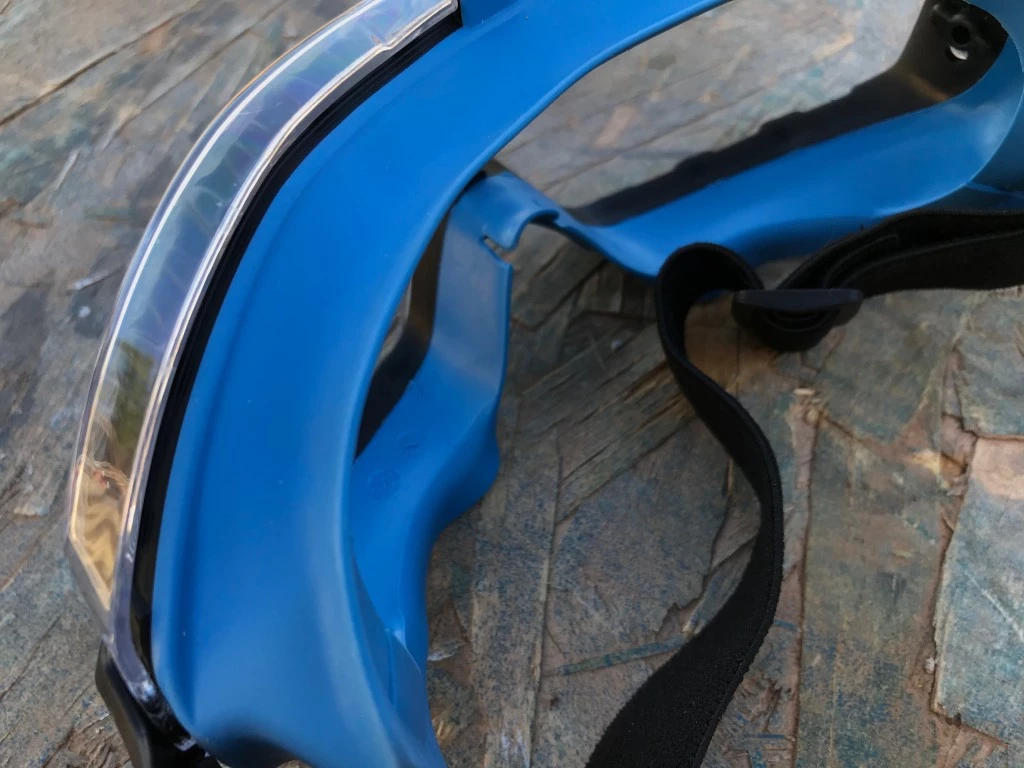
SolidWork Safety Goggles
Excellent for serious eye protection, these goggles feature a thick rubber gasket for a tight seal against fumes and dust while maintaining comfort.
Dewalt Concealer Safety Goggles
Designed for heavy-duty protection with a snug fit and elastic headband, ensuring multiple hazard barriers without compromising comfort and usability.
Radians Mirage Safety Glasses
An affordable option for light usage, offering decent coverage and a snug fit, noted for flexibility but not highly durable in demanding environments.
Kleenguard Maverick Safety Glasses
Standard protective eyewear offering good coverage with side protection, suitable for everyday lab tasks while allowing good peripheral vision.
Pyramex Fortress Safety Glasses
Features an adjustable nose bridge and durable construction, providing adequate protection against impacts but may leave gaps for dust or debris.
Let's look at alternatives:
- Modify the query.
- Start a new thread.
- Remove sources (if manually added).
- Request a manual search from our human research team.

The Bovaer® effect refers to the ability of the Bovaer® feed additive to significantly reduce methane emissions from livestock. Specifically, it can reduce methane emissions by an average of 30% in dairy cows and up to 45% in beef cattle. This feed ingredient works by suppressing the enzyme that contributes to methane production during digestion, thus lowering the environmental footprint of meat and dairy products. Just a quarter teaspoon of Bovaer® per cow per day can take effect within 30 minutes, making it an immediate solution for reducing methane emissions[1][4].
Bovaer® has been recognized as safe for use in dairy cows and has undergone extensive testing, with over 100 trials in more than 20 countries resulting in numerous peer-reviewed studies. It has been approved for sale in over 55 countries, contributing to global efforts to tackle climate change by targeting methane emissions, which are a significant contributor to greenhouse gases from agriculture[1][3][5].
Let's look at alternatives:
- Modify the query.
- Start a new thread.
- Remove sources (if manually added).
- Request a manual search from our human research team.
An estuary is defined as 'a partially enclosed coastal body of brackish water with one or more rivers or streams flowing into it, and with a free connection to the open sea'[1]. It serves as a transition zone between river and marine environments and is characterized by the mixing of freshwater from rivers and saline water from the sea, creating high nutrient levels that make estuaries some of the most productive natural habitats[1].
Estuaries can vary in form and classification based on their geomorphological features or water circulation patterns. Examples include drowned river valleys, bar-built estuaries, and fjords[1][2]. The Thames Estuary, for instance, is where the River Thames meets the North Sea and showcases characteristics influenced by tidal and salinity factors[2]. The Severn Estuary is known for its extremely high tidal range, which creates valuable intertidal habitats[3].
Estuaries are dynamic ecosystems that face significant threats from human activities such as pollution, overfishing, and coastal development, impacting their biodiversity and the services they provide[1][3].
Let's look at alternatives:
- Modify the query.
- Start a new thread.
- Remove sources (if manually added).
- Request a manual search from our human research team.
Get more accurate answers with Super Search, upload files, personalised discovery feed, save searches and contribute to the PandiPedia.
Beyerdynamic DT 770 Pro
These closed-back headphones are highly regarded for their professional sound output and comfort, making them ideal for long recording sessions while minimizing audio bleed[1][6].
Sony MDR-7506
Known for their excellent audio clarity, these over-ear headphones are popular in the podcasting community for their durability and comfort, suitable for extended use[2][5][11].
Audio-Technica ATH-M50x
Favored for their high-fidelity audio experience, these versatile headphones are great for both recording and editing, with a detachable cable for convenience[3][4][10].

Sennheiser HD 280 Pro
These headphones provide superb noise isolation and accurate sound reproduction, essential for capturing high-quality podcast audio[5][11].
Beyerdynamic DT 1770 Pro
Known for their high-end design and superior build quality, these headphones are excellent for detail-oriented work during podcast production[3][4].
Audio-Technica ATH-M30x
These monitoring headphones offer great sound isolation and comfort, ideal for beginners looking for a reliable audio solution[6][7][10].
Shure SRH840
This model is built for studio work, providing solid sound quality and comfort for long sessions, making it a good choice for podcasting[4][10].
Sony WH-1000XM4
These wireless headphones provide superior sound quality with advanced noise-canceling capabilities, useful for producing content in less-than-ideal environments[10][11].
Beyerdynamic DT 990 Pro
These open-back headphones are excellent for mixing and mastering due to their wide soundstage, but may not be ideal for recording due to sound leakage[4][9].
Sennheiser HD 599 SE
An open-back option, these headphones provide a natural sound and great comfort for lengthy editing sessions, although sound isolation is not as strong[11].
AKG K240 Studio
These semi-open headphones are a reliable choice for audio professionals looking for good sound quality at an affordable price[6].

Rode NTH-100
Designed for comfort and sound precision, these headphones are suitable for extended use in studio conditions, ideal for podcast editing[5][11].
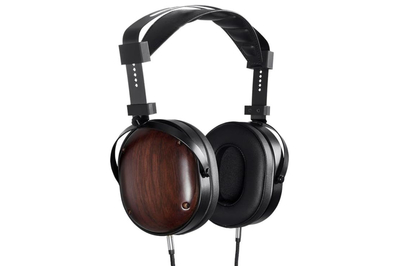
Monoprice Monolith M565C
Known for their impressive sound quality and durability, these headphones are a great mid-range option for podcasters[8].
Beyerdynamic Custom One Pro
These customizable headphones provide solid sound isolation and are designed for comfortable long-term use, perfect for recording environments[7][10].
Audio-Technica ATH-M40x
A step up from the M30x, these headphones offer improved sound quality and comfort, great for podcast monitoring[5][11].
Shure SRH1540
This premium option features durable construction and excellent sound isolation, ideal for those serious about audio clarity[9][11].
Sennheiser HD 25
Renowned for their lightweight design and sound clarity, these headphones are preferred by DJs and professionals in noisy environments[4][11].

Sennheiser HD 800 S
A high-end option for audiophiles, these headphones offer unparalleled sound reproduction, suitable for professional audio tasks, including podcast editing[11].
Audio-Technica ATH-M20x
The most affordable in the M series, these headphones are a practical choice for novice podcasters seeking reliable quality[11].

Marshall EQ Mode Earbuds
Lightweight and portable, these earbuds are equipped with dual EQ settings, providing a flexible and high-quality audio experience for on-the-go podcasting[11].
V-MODA M-100
Known for premium build quality, these headphones are suitable for long sessions and provide excellent sound clarity, a good choice for podcast production[10].

Focal Listen Professional
These headphones are designed for long-term comfort and accurate sound reproduction, making them a solid choice for podcast production[8][11].
Let's look at alternatives:
- Modify the query.
- Start a new thread.
- Remove sources (if manually added).
- Request a manual search from our human research team.

Countries around the world are responding to rising inflation primarily by lowering borrowing costs as inflation begins to ease from its recent highs. Central banks, including the US Federal Reserve and the European Central Bank, are expected to reduce interest rates this year following synchronized increases in response to previous inflationary pressures exacerbated by the pandemic and geopolitical events like the war in Ukraine[1][6].
Different nations are experiencing varying inflation challenges; for instance, the Fed has been aggressive with rate hikes, while the European Central Bank plans gradual increases. Policymakers are cautious, balancing the need to control inflation without severely impacting economic growth[2][4].
Let's look at alternatives:
- Modify the query.
- Start a new thread.
- Remove sources (if manually added).
- Request a manual search from our human research team.

Humor is a universal human phenomenon; however, its perception and usage vary significantly across different cultural contexts. Understanding these disparities can provide insights into how humor operates within social dynamics, individual identity, and coping mechanisms.
Cultural Perception of Humor

The perception of humor often diverges sharply between Western and Eastern cultures. Research indicates that Westerners typically regard humor as a positive trait, associating it with attractiveness and self-actualization. For instance, humorous people are often viewed as more motivating, creative, and capable[2][3]. In contrast, Easterners, particularly those influenced by Confucian values like many Chinese, tend to hold a more ambivalent view of humor, regarding it as suitable primarily for experts rather than as a universal social trait. Many Chinese individuals perceive humor as potentially undermining their social status, thus feeling that humor should be exhibited with restraint[1][3][7].
This cultural dichotomy also reflects in how individuals evaluate humor behaviors. For Westerners, humor is often seen as essential in various interpersonal contexts. Conversely, Easterners might associate humor with serious implications and choose to reserve laughter and humor for specific, often private, contexts rather than public displays[4][8]. Judge John C. H. Wu’s remark summarizes this difference: “whereas Westerners are seriously humorous, Chinese people are humorously serious”[1][2].
Humor Usage Across Cultures

The way humor is utilized also varies significantly. In Western cultures, humor acts as a coping strategy, often employed to manage stress and navigate life’s difficulties[4][6]. Studies show that individuals living in Western societies are more likely to use humor as a defense mechanism against negative emotions, facilitating stress relief and enhancing social bonding[2][3][6]. In contrast, Eastern cultures tend to use humor less frequently as a coping mechanism. For example, research indicates that Japanese, Chinese, and Singaporean students are less likely to utilize humor in stressful situations compared to their Western counterparts[1][3].
The classification of humor styles further amplifies these cultural differences. Although humor can generally be categorized into four styles—affiliative, self-enhancing, self-defeating, and aggressive—Eastern cultures predominantly favor more adaptive forms of humor like affiliative and self-enhancing humor[5][7]. In contrast, Western cultures exhibit a higher tendency towards using maladaptive humor styles, particularly self-defeating and aggressive humor[3][7].
The Role of Language in Humor

Language plays a critical role in the expression and appreciation of humor; however, what is humorous in one culture may not be understood—or appreciated—in another. For instance, humor in Chinese often relies on linguistic nuances and wordplay that may be lost in translation, making it particularly challenging for individuals outside the culture to grasp[4][8]. The use of puns and context-dependent humor are prevalent in Chinese culture, yet these mechanisms can create barriers for non-native speakers[6][8]. This complexity leads to the saying, “Humor doesn’t travel,” which reflects the difficulties of communicating humor across cultural divides[1][3].
Psychological Implications and Well-being
The implications of humor extend beyond social interactions, affecting psychological well-being. Research highlights that both Westerners and Easterners can benefit from humor, but the effects manifest differently due to cultural contexts. While adaptive humor styles such as affiliative humor promote mental health and are positively correlated with life satisfaction in both groups, maladaptive styles tend to yield negative outcomes, especially in Eastern cultures[2][6][7].
Moreover, the research illustrates that humor styles are not only related to cultural attitudes but also to individual traits such as self-esteem and coping mechanisms. Westerners, for instance, often associate higher self-esteem with the use of adaptive humor[2][3]. In contrast, Easterners may find their coping humor strategies less impactful due to the cultural stigma associated with humor and playfulness, which underscores challenges in promoting mental health through humor in these contexts[4][8].
Conclusion
In summary, humor represents a complex interplay between cultural norms and individual behavior. The contrasting views on humor between Western and Eastern societies underscore the importance of context in humor appreciation and usage. While humor can be a unifying and adaptive force, it is also deeply influenced by cultural values, linguistic nuances, and social structures that shape its expression and significance in daily life. Understanding these cultural variations can enhance intercultural communication and foster deeper connections across diverse populations.
Let's look at alternatives:
- Modify the query.
- Start a new thread.
- Remove sources (if manually added).
- Request a manual search from our human research team.
Historical Overview of Sleep Patterns

In the Middle Ages, sleep was commonly divided into two segments known as 'first sleep' and 'second sleep'. People typically went to bed shortly after dusk, around 9 PM, and each sleep phase lasted approximately four hours, followed by a natural waking period which often lasted about an hour. This waking time, referred to as 'the watch', allowed for various activities like prayer, socializing, or tending to household chores[1][7]. Historian Roger Ekirch, who researched these sleeping habits, discovered that this biphasic sleep pattern was not solely a medieval quirk; it was a widespread practice seen globally, from Europe to Africa and Asia, and has roots in prehistoric sleep behaviors[1][2][8].
Activities During the Watch

During the watch, individuals would engage in a variety of tasks. For many, this time was utilized for religious observance, such as reciting prayers. Medical texts from the time even advised that this interval was suitable for reflection and intimate activities between couples, suggesting that it was seen as a 'profitable hour'[5][8][10]. In addition to personal activities, practical tasks were commonplace; people often checked firewood supplies or shared moments of conversation with fellow bedmates, emphasizing the communal nature of sleeping arrangements[3][4][7].
Cultural Influence on Sleep Practices

Cultural factors greatly influenced sleeping habits during the Middle Ages. For instance, religious practices ingrained the idea of waking up to pray, particularly among monks who would rise for Matins around 2 AM[10]. The influence of solar patterns led to sleep strategies aligning with natural light cycles, which differed significantly in preindustrial societies compared to the later industrialized world[1][3]. Additionally, many medieval texts and literature, including Geoffrey Chaucer's "The Canterbury Tales", reflect the regularity of this biphasic sleep practice, indicating its acceptance in society[2][7].
Transition to Continuous Sleep Patterns
By the early 19th century, the Industrial Revolution marked a significant shift in societal sleep patterns. The introduction of artificial lighting, such as gas and later electric streetlights, led to people staying awake longer in the evening, thus condensing the traditional two-phase sleep into a single longer shift. This development gradually phased out the natural waking periods that had defined sleep for centuries[1][8]. The normalization of continuous sleep ultimately shaped modern perceptions of sleep, where uninterrupted rest is now deemed ideal, even amidst rising complaints of insomnia related to these changes[5][6].
Sleep and Social Status
Sleeping arrangements diverged significantly based on social status during the Middle Ages. Wealthier individuals were more likely to enjoy the comfort of feather-stuffed mattresses and private sleeping chambers, while the lower classes often shared beds with multiple family members or slept on less comfortable surfaces like straw[9]. The communal nature of sleeping not only facilitated social bonds but also illustrated the stark contrasts in living conditions based on wealth and social hierarchy[4][7].
Modern Reflections of Historical Sleep Patterns
Interestingly, remnants of biphasic sleep persist in some cultures today. Certain societies in the Mediterranean and Latin America maintain practices akin to "siestas" or daytime naps which share a conceptual lineage with the historical dual-sleep system[6][8]. Research continues to explore the relevance of these ancient sleeping patterns in addressing modern sleep disturbances, suggesting that a return to such natural rhythms could benefit contemporary society, especially for those suffering from insomnia[4][6][7].
Let's look at alternatives:
- Modify the query.
- Start a new thread.
- Remove sources (if manually added).
- Request a manual search from our human research team.














